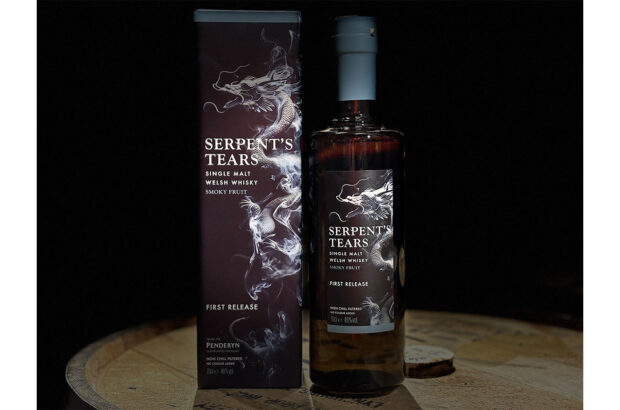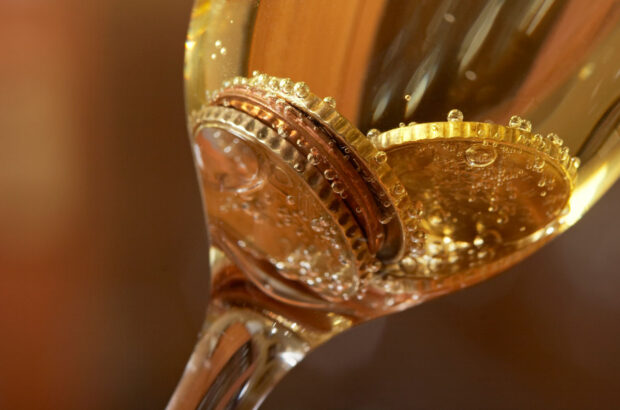In most of the Languedoc, the growing season got off to a good start, with a normal winter, dry in some places but sufficient rainfall in others, and no reports of damaging frosts.
Pic St Loup, one of the wettest appellations in the region, then had a particularly wet May and June. ‘This allowed for good fruitset,’ said Victorine Fraisse of Domaine de Villeneuve.
Benoît Viot, winemaker at Le Chemin des Rêves and president of the Pic St Loup appellation, added that there was about 200mm of rain during these two months, so ‘the vines were therefore able to approach summer with beautiful canopies, but there was strong mildew pressure to control’.
No rest for the wicked: the wet conditions meant ‘being ever present in the vines’, said Cyriaque Rozier of Château La Roque and Château Fontanès.
The threat of mildew in such damp, humid conditions was incredibly high, but those that were organised enough were able to treat it, although it kept them on their toes. Treatment with copper and sulphur was widespread throughout the region.
This rainy spring in Pic St Loup meant the vines had good water reserves going into summer, ‘which makes a change from the previous vintage’, said Marie Cavalier of Châtaux de Lascaux, ‘and the vines were able to resist the first heat of the summer months.’
But they were lucky. By contrast, other areas of the Languedoc were in desperate need of rain throughout the growing season. Peter Core, of Mas Gabriel near Pezenas, points out that the winter was very dry there; where annual rainfall is about 600mm, which mainly falls in the winter, this year they had just 350mm between last year’s harvest and the beginning of August this year.
In La Clape, the season started with very little rainfall. This was assuaged somewhat by downpours in mid-July, and the state of the grapes at that stage was excellent, with large bunches at fruitset according to François Bouscary of Château Rouquette sur Mer.
In Picpoul de Pinet the disease pressure was lower, but the drought was felt keenly, and as a result ‘the berries are very small’, said Claude Jourdan of Domaine Félines Jourdan.
The drought put many vines into hydric stress, and caused widespread blockages in maturity – 2023’s slogan was ‘still no rain,’ said Jourdan.
There are reports, though, that some varieties are managing the stress better than expected. ‘We’re realising that the vines are reacting very well,’ said Brigitte Chevalier of Domaine de Cébène in Faugères, ‘they stop growing, producing less leaves, thus limiting evapotranspiration.’
‘The vines surprise us with their resistance,’ added Clémence Fabre of Famille Fabre in the Corbières.
The worst is yet to come
But as the end of August arrived, so did disaster: 20 August brought an intense heatwave right across the region which saw temperatures rocket to 43 degrees and last for four days. This was compounded by nighttime temperatures not dropping below 30 degrees.
‘It was catastrophic,’ said Xavier Ledogar of Domaine Ledogar in the cru of Boutenac in the Corbières, an area which suffered particularly badly. He reported that in many plots the vines’ leaves were burned, and with no shade left to protect them, the grapes burned too. ‘This is the first time I’ve seen this,’ he said.
‘The heatwave accelerated maturity,’ said Xavier Bruguière of Mas Bruguière, and for many harvest was brought forward earlier than expected.
Ultimately the extent of the damage depended on variety (Syrah was in a bad way), soil type (deep roots in schist soils fared better), and water reserves (Pic St Loup’s spring rains helped).
As might be expected from such lack of water, in general berries were small, with little juice, so yields in general were down. That being said, there were some surprising instances of abundant yields and lots of juicy grapes.
‘Despite the fear, the drought, the heat and the few plots in distress, the vintage is very pretty,’ said Charlotte de Béarn of Château de Jonquières in Terrasses du Larzac.
How can vignerons maintain morale in the face of worsening extremes? Many don’t. One thing is certain: you need incredible resilience to be a vigneron in these times.







